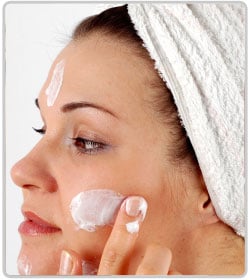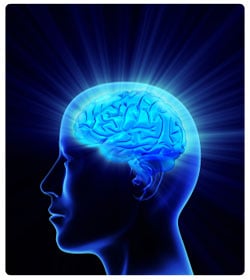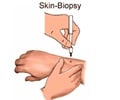Leprosy - Glossary
Lesion: An area of abnormal tissue change.Aerobic: Requiring the presence of oxygen. Aerobic exercise for example, requires increased oxygen consumption.
Antibodies: Protein produced by white blood cells, which neutralize or destroy foreign proteins in the body (antigens). When infected with virus or bacteria, the body produces antibodies, which destroy the invading microorganisms.
Bacteria: A large group of single-cell microorganisms. Some cause infections and disease in animals and humans. The singular of bacteria is bacterium.
Biopsy: Removal of a portion (sample) of tissue for pathological examination or diagnostic study.
Dermis: The lower or inner layer of the two main layers of tissue that make up the skin.
HLA Antigens: Proteins on the outer part of the cell that help the body fight illness. These proteins vary from person to person. Scientists think that people with certain types of HLA antigens are more likely to develop insulin-dependent diabetes.
Immunity: State of being resistant to a disease, particularly an infectious one.
Incubation: The time between infection by a pathogen and the appearance of disease symptoms.
Leprosy: A skin infection caused by a bacterium, which can also be associated with nerve damage. The bacterium involved is called Mycobacterium leprae.
Lymph node: Round, oval or bean-shaped aggregation of infection- and cancer-fighting immune cells located along the lymph channels throughout the body.
Multi drug therapy: use of a combination of drugs to cure a disease










